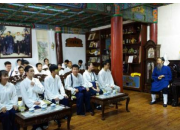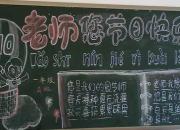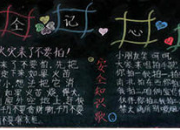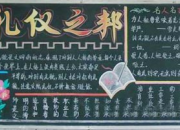GRE英语考试试题
时间:2021-08-31GRE试题
23.According to the passage, Piaget and Keasey would not
have agreed on which of the following points?
(A) The kinds of excuses children give for harmful
acts they commit

(B) The age at which children begin to discriminate
between intentional and unintentional harm
(C) The intentions children have in perpetrating harm
(D) The circumstances under which children punish
harmful acts
(E) The justifications children recognize for mitigating
punishment for harmful acts
24.It can be inferred that the term "public duty" (line 33)
in the context of the passage, means which of the fol-
lowing?
(A) The necessity to apprehend perpetrators.
(B) The responsibility to punish transgressors
(C) An obligation to prevent harm to another
(D) The assignment of punishment for harmful action
(E) A justification for punishing transgressions
25.According to the passage, Keasey’s findings support
which of the following conclusions about six-year-old
children?
(A)They have the ability to make autonomous moral
judgments.
(B)They regard moral absolutism as a threat to their
moral autonomy.
(C)They do not understand the concept of public duty.
(D)They accept moral judgment made by their peers
more easily than do older children.
(E)They make arbitrary moral judgments.
26.It can be inferred form the passage that Piaget would
be likely to agree with which of the following state-
ments about the punishment that children under seven











